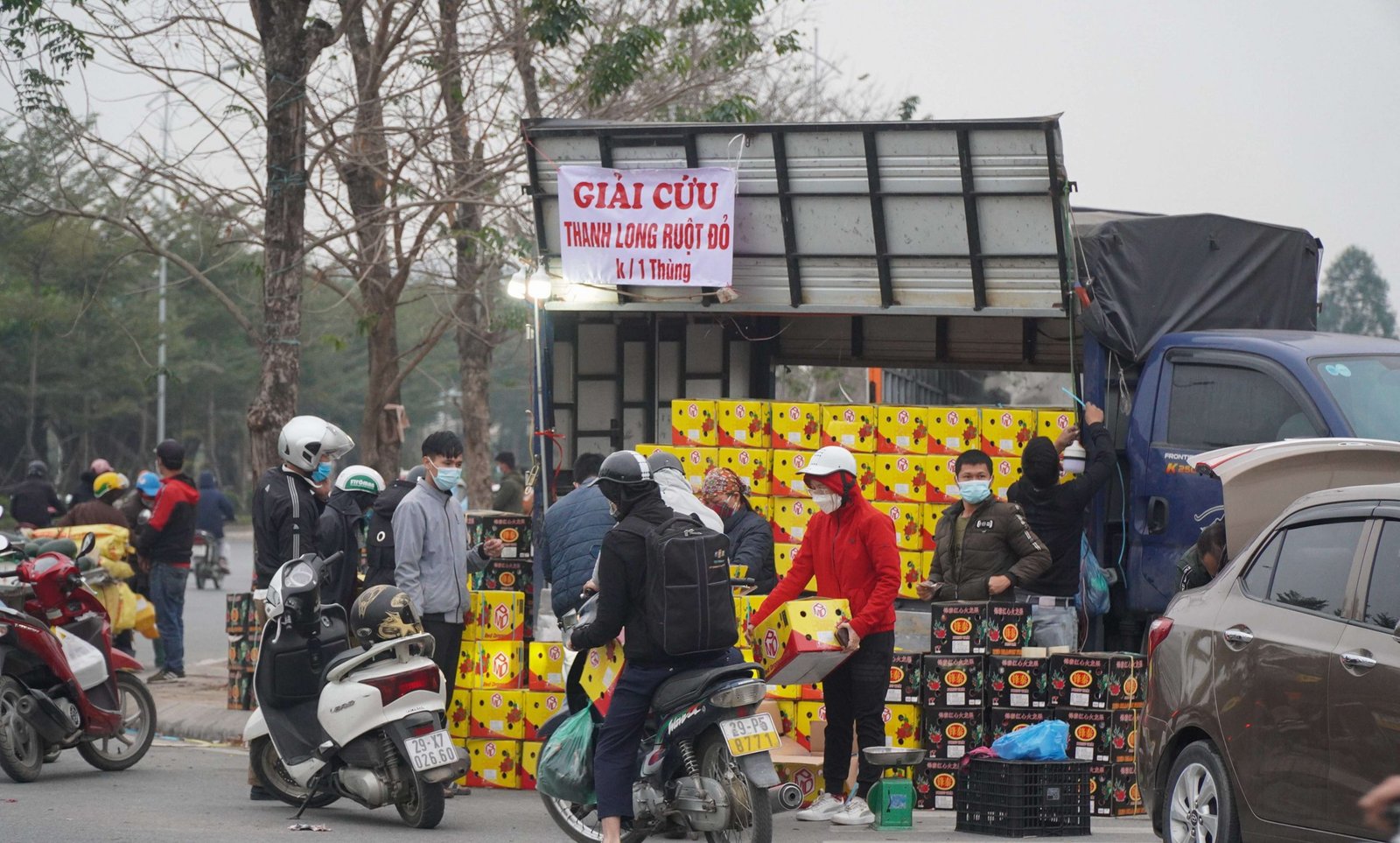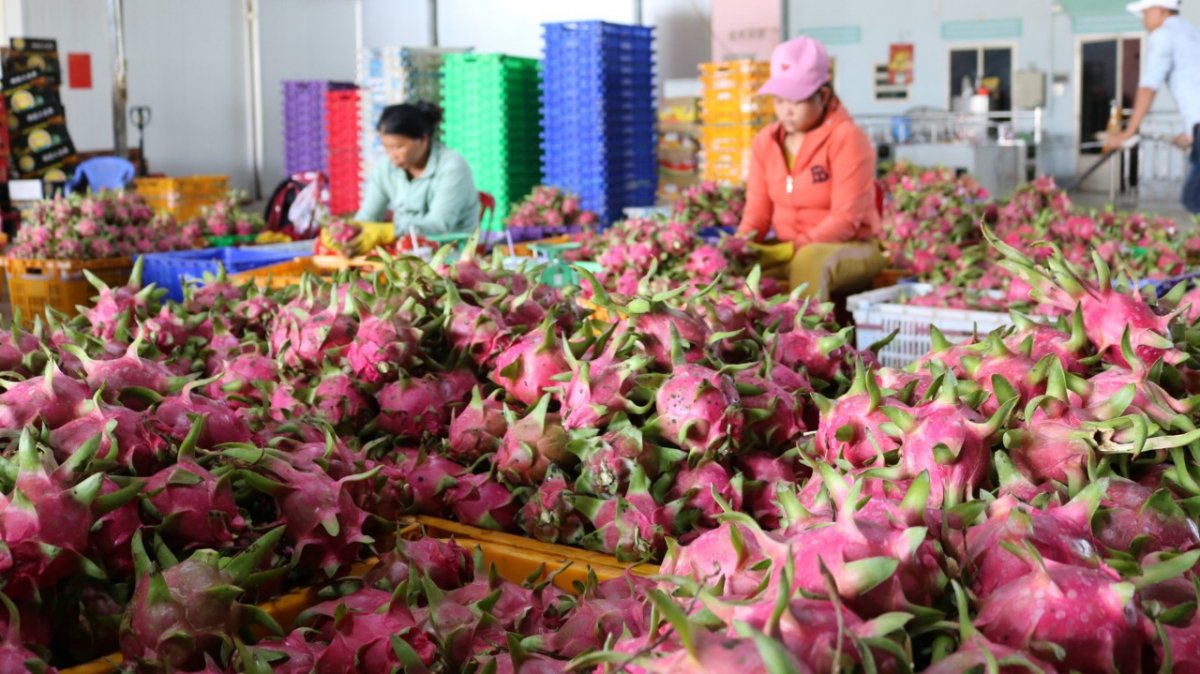HIGHLIGHTS
- In the last month of 2021, the Chinese side issued a notice to suspend the import of Vietnamese dragon fruit due to the detection of the Covid-19 virus.
- Every year, about 90% of the above output will be exported to the traditional market, which is China, but now the ministries and branches are turning to another potential market, which is India.
FULL ARTICLE
China announced the order to suspend the import of Vietnamese dragon fruit
In the last month of 2021, the Chinese issued a notice to suspend the import of Vietnamese dragon fruit due to the detection of the Covid-19 virus. This led to a situation where many containers had to turn around and “rescue dragons” were opened.

The price of dragon fruit also dropped rapidly. If normally red flesh dragon fruit is sold for 50,000-60,000 VND/kg, now with that amount, people can buy more than 15kg. According to Ms. Le Thi Thanh, a wholesale fruit seller in Cau Giay (Hanoi), imported all red fleshed dragon fruit in boxes and exported them to China for sale. When Chinese traders import, this fruit is very expensive, it is also difficult for traders to import goods. However, when China restricts buying, the current price plunge of only a few thousand VND/kg is rare.
Dragon fruit finds a way to penetrate new markets
In the next 3 months, according to the Department of Crop Production, Ministry of Agriculture and Rural Development, Vietnam will have about 300,000 tons of dragon fruit in Binh Thuan, Long An, and Tien Giang for harvest. Every year, about 90% of the above output will be exported to the traditional China market, but now the ministries and branches are turning to another potential market, which is India.

According to businesses, the potential Indian market is no less than the Chinese market because India can both consume large quantities and the required quality is not too high. However, businesses also need to pay attention to some differences between the Indian market and the Chinese market.
According to Mr. Le Vuong Quoc, Deputy Director of GIMEX Joint Stock Company, “The Chinese market prefers large fruits, but the Indian market prefers small and medium fruits. However, currently, Vietnam’s dragon fruit ratio is high. The fruit is bigger than the small one. That’s a problem for the Indian market.”
Another reason to choose India as an alternative to the Chinese market is that this market has a large development capacity for Vietnamese businesses to promote dragon fruit here. The growth rate of Vietnam’s dragon fruit exports to India in the first 7 months of the fiscal year 2021 – 2022 increased to over 200%.
Thanh Thao
Predictions on ending the shipping crisis













